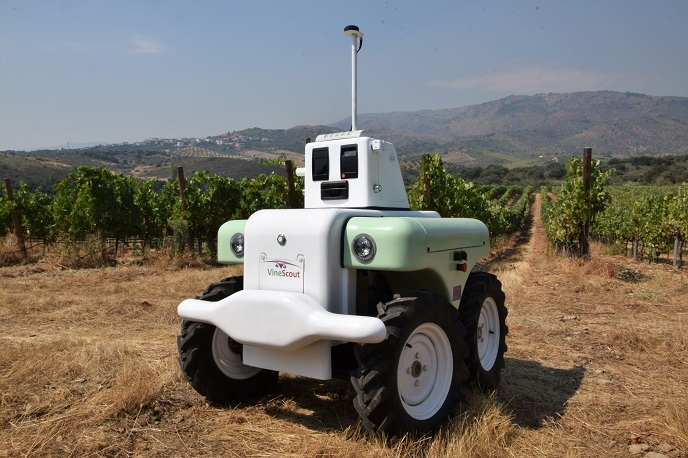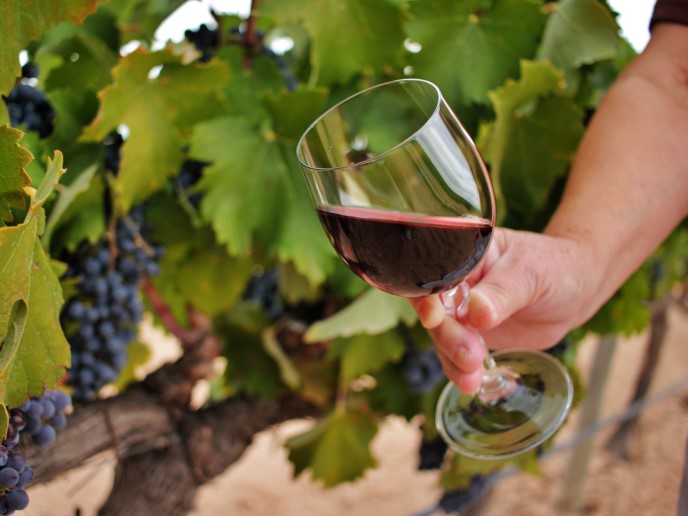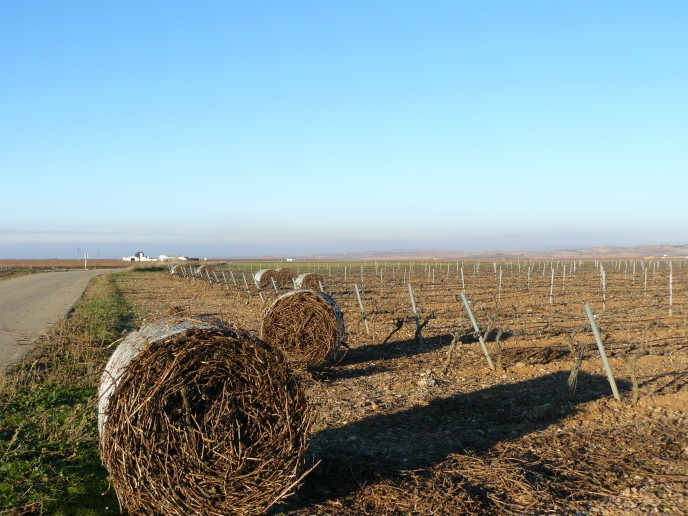Robotics to accurately monitor grape production in European vineyards
Methods currently used to monitor grapes’ growth and ripening for harvesting do not provide the most reliable and useful information on the crop to winegrowers. Manual methods are time-consuming and physically demanding, so they are not used on a regular basis. Accuracy is critical to maintain the high quality of European wines and ensure the EU remains the world's leading producer of wine. Currently, the EU has 45 % of the world's winegrowing areas and 70 % of exports. Water is equally important to grape quality. According to UNESCO, agriculture is the largest freshwater consumer by far and accounts for 70 % of freshwater withdrawals from rivers, lakes and aquifers. Given this high percentage, “a sustainable and circular approach is needed to optimise the water use, but it is difficult at present because there is no efficient way to estimate the water status (and thus real needs) of the plants,” explains Francisco Rovira-Más, VineScout project coordinator.
Robots in the vineyards
The EU-funded VineScout project successfully developed the concept of a monitoring robot for vineyards, creating an efficient solution for monitoring water status and canopy vigour of vines. The VineScout robot has automated this task by combining crop and ambient sensors that can make estimates in real time and without touching the plants. The robot collects the data in the field taken less than 1 m from the plants. This allows for more accurate and reliable data collection. Several crop sensors take canopy temperature and geo-referenced multispectral information regarding the vines, while maps on canopy temperature and vegetative growth are obtained by computing vegetative indices. The data is then transferred to the winegrower, who monitors the status and needs of the vineyard and takes decisions on the best time to irrigate, apply treatments or select different zones to harvest the grapes more efficiently. Essentially, the robot maps the field. “We have moved from 30 measurements to over 20 000 for the same vineyard. Massive data paves the path for big data applications and the effective implementation of AI algorithms that will eventually let us understand such complex phenomena as water stress resistance and plant growth under a climate change scenario,” notes Rovira-Más.
Looking to the future of vineyard agriculture
Developing this robotic concept with a navigation system that does not require any pre-recorded mapping and a propelling system relying only on renewable energy was truly an ingenious achievement. The team has also submitted a European patent on the navigation algorithm. “We believe that this solution may be the forerunner of many future agricultural robots, as it has been validated in actual vineyards for many hours during the project,” concludes Rovira-Más. Having reduced the drudgery of physical work with the introduction of computers and automation in European vineyards, viticulturalists expect to have not only more young professional farmers (under 35) on the scene, but also more women as managers and entrepreneurs of farm-based businesses.
Keywords
VineScout, robot, vineyard, monitoring, grape harvesting







